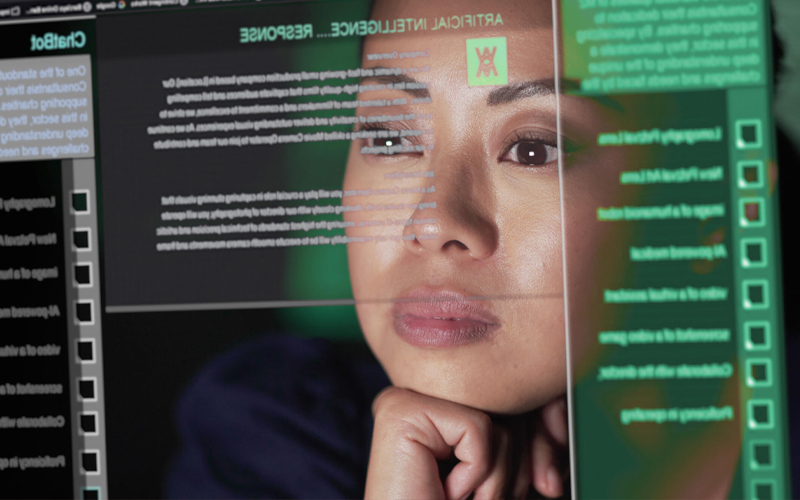The education sector is all set to be part of the Industrial Revolution 4.0 - with education institutions and universities embracing trends like data analytics, machine learning, artificial intelligence, and blockchain. Today’s generation has to focus on live classes, online tests, smartphones, and visual analytics as an important part of the education system. In fact, the global E-learning market is projected to reach $840.11 Bn by 2030 with a CAGR of 17.5%, as stated by Allied Market Research.
However, with this growth comes the threat of unbridled fraudulent attacks. The education industry is plagued with poorly regulated admission processes, internal processes mismanagement, poor asset management, and unverified loan or scholarship offers that enable such frauds.
Let’s have a look at major frauds in the world of education.
Key Types of Fraud in Education and Their Impact on Institutions
Cyber attacks
Education institutions store and process a significant amount of data, making them one of the most targeted sectors for cyber-attacks. According to a report by Check Point Research, the education sector faced an average of 1,605 attacks weekly in 2021, a 75% increase from 2020. Such attacks can be disguised in various ways such as phishing, ransomware, DDoS, and hacktivism through zoom-bombing, meeting invasions, and email spamming. The Cybersecurity in Higher Education Report states that ransomware attacks have cost universities an average of $450,000 in ransom during 2020. These attacks can lead to extreme financial losses, apart from the loss of reputation, and have even led to the complete shutting down of universities.
Admission fraud
Globalization of higher education has grown and this, in turn, has led to an increase in fraud in educational institutions. Admissions to foreign universities are highly competitive, with most youngsters eager to move abroad to avail the best education. Such institutes have become a hotspot for identity theft. Influential parties leverage their power or take advantage of loopholes in the admission system to enroll their children in reputed universities. The real victims here are hard-working students who get stepped on in this process.
Fake scholarship fraud
Over the years, education has become a hefty investment, and students can fall prey to suspicious scholarship scams that promise huge financial aid to attract students. Over 1.7 Mn fellowships and scholarships are awarded in the US every year, as stated by Research.com. Fake organizations can take advantage of this and ask students for their personal and financial information under the pretext of background verification to hack into their bank accounts. Fraudsters can even usurp scholarships from deserving students and ask for hefty application fees. As per Finaid, typically scammers receive 5,000 to 10,000 applications and charge up to $ 35 as fees per application.
Student loan fraud
Fraud for student loans can typically happen in two ways - one where the terms promised are too good to be true, and the second through impersonation. Too good-to-trust scams encourage potential victims to apply for a loan as fast as they can by offering a lucrative refinancing rate or complete loan waiver in return for a service charge amount. In such cases, fraudsters may act as a legitimate person from a reputed company and keep approaching students via robocalls and texts or emails and ask for all the personal and financial information of an individual. According to Tech Transparency Project (TTP), at least 1 in 10 advertisements for student loans, as shown by the top search engines, is fraudulent.
Impersonation scams are becoming more popular as there is an increase in identity theft fraud and data leakage cases across universities, globally. Fraudsters will impersonate authorities from the department of education, or loan services, and ask a student to pay some amount in return for loan waiver, cancellation, or debt relief.
Mis-management of funds
Education institutes need donations and investments, be it online or offline, to provide more enhanced learning experiences. Many universities are now providing free basic education, along with merit-based higher learning opportunities for the future. Such opportunities can only be successfully implemented if they have sufficient funding. However, corruption, embezzlement, procedural loopholes, misappropriation, and mismanagement of funds deter such programs and compromise the quality of education and an institution's reputation.
Leveraging Technology to Combat Fraud in Education and Safeguard Integrity
Warren Buffet once said, “It takes 20 years to build a reputation and five minutes to ruin it”. With digitalization and the advent of new-age technologies, the education sector has become an easy target for fraudsters. The strategic use of AI/ML, and process automation, can effectively mitigate these challenges for universities by maintaining comprehensive student databases, safeguarding online databases, managing student portals and academic records, and securing internal processes. Once education institutions fully align themselves with this wave of digitization, they will realise that technology, when used correctly, is their biggest ally in this war against fraud.







